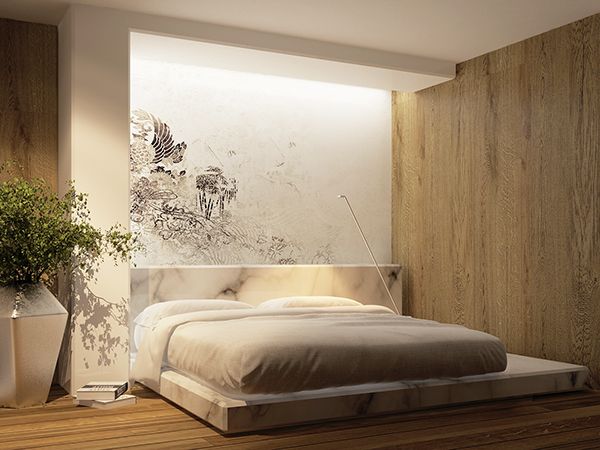So, in today’s blog, I’m going to guide you on how to choose the right colors for your home, based on the vibe you want to create. Whether you aim for an antique look or something sleek and minimal, I’ve got you covered.
Step 1: Know Your Desired Theme
When it comes to painting your home, there are four main themes you can explore:
- Contemporary Theme
- Minimal Theme
- Luxury Theme
- Antique Theme
Each theme has its own color palette that can help achieve the perfect vibe for your space. But before we dive into the colors, let’s understand how these themes work.
Step 2: Contemporary Colors
For a contemporary theme, you need to play around with either dark or bright colors. These colors can be anything from blue, yellow, or even adventurous hues like orange. The key is to create contrast and balance. Here are some tips:
- Dark Colors: These add depth and richness to your space.
- Bright Colors: Bright, vibrant shades like yellow or blue can make a bold statement.
Make sure to mix in neutral tones like white, as it helps balance the overall aesthetic.
Step 3: Minimal Colors
Minimalism is all about subtlety and simplicity. The color palette for a minimalistic look mainly consists of light shades like whites and pastels. Here’s how to make it work:
- Use white and pastels for the walls. These colors keep the space feeling airy and clean.
- Add decorative elements in darker shades to create contrast. This could be furniture, art, or decorative accessories.
The goal is to create a space that feels open and calming without being too flashy.
Step 4: Luxury Colors
To create a luxurious feel in your home, you’ll want to incorporate neutral tones and light shades. Think light beige, white, gold, grey, and wood tones. These colors not only add elegance but also make the space feel sophisticated. Here are some tips for a luxurious feel:
- Opt for wood finishes, which add warmth and luxury to the space.
- Gold accents or electroplated finishes on furniture can give that high-end look.
By sticking to neutral tones and incorporating fine textures, you can create a truly luxurious ambiance.
Step 5: Antique Colors
If you’re aiming for an antique, royal feel, then wood and white are essential. For an authentic vintage touch, consider using rustic colors like deep browns and rich wood tones. Adding polished wood elements will enhance the antique look. Here’s a pro tip:
- If you’re looking for a budget-friendly way to achieve an antique finish, hand-polished wood can give your home that classic vintage feel.
- Incorporating darker, rustic tones will complete the royal vibe.
Step 6: Color Codes for Your Home
Now that we’ve discussed the various themes and the color palettes associated with them, it’s time to make your decision easier! In the video (linked at the end), I’ll also provide specific color codes from Asian Paints, my personal favorite. These codes will help you avoid confusion when buying paint from any hardware store. You just need to mention the code!
Step 7: Tips for Choosing the Right Colors
Here are a couple of tricks I always use when selecting colors for a home:
- Avoid Too Dark Shades for Interiors: When looking at dark colors on a shade card, remember that some shades can appear even darker inside your home. Always choose a slightly lighter shade if you’re unsure.
- Match Colors with Photos: If you’ve seen a beautiful photo online and want to replicate that, make sure you match the colors from your phone’s screen to the shade card before making a final decision. This ensures the colors look just as good in your home.
Step 8: Bonus Tip
Lastly, if you’re planning to decorate your home in the near future, don’t forget to balance the color scheme with the right furniture and decor. The right combination of shades can help you achieve that perfect blend of comfort and style.
Conclusion:
Whether you’re going for contemporary, minimal, luxury, or antique, the right colors can transform your home into a masterpiece. By following these simple steps and using the color codes provided, you can easily create the home of your dreams. And remember, it’s not just about picking the right shade—it’s about balancing tones to reflect your personal style!

